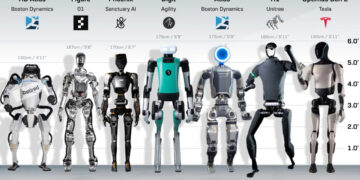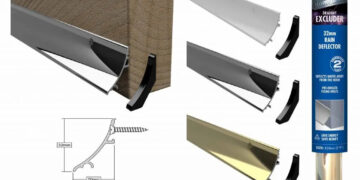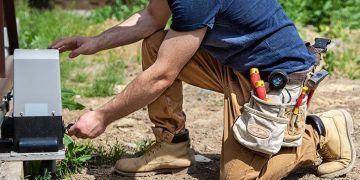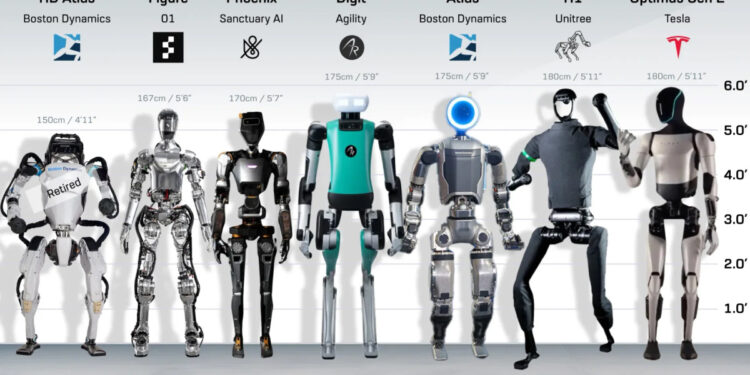Several companies are launching their first or second-generation biped robots, looking to gain market share early in a growing space.
Comparing Humanoid Robots Across The World
Humanoid robots have come a long way since the early prototypes that struggled with balance and basic movement.
Now, in 2025, autonomous robots built for real-world applications are closer than ever to commercial deployment.
This visualization, created by Harrison Schell from Made Visual, compares the new wave of humanoid robots in the last two years.
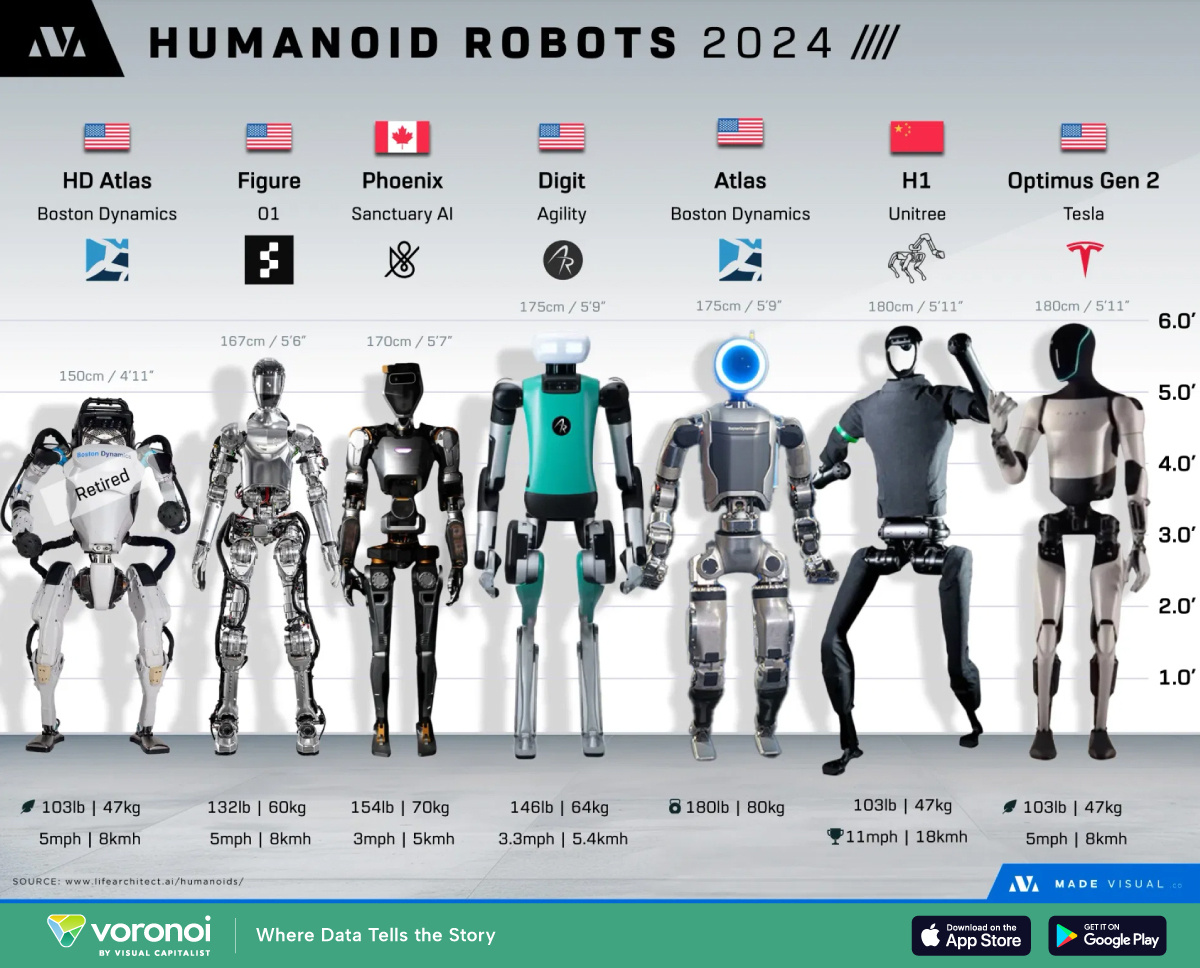
Several companies are launching their first or second-generation biped robots, looking to gain market share early in a space that is sure to grow alongside the intelligence of new LLM and AI technology.
In April 2024, Boston Dynamics retired its long-standing HD Atlas Humanoid robot in favor of the cervo-based Atlas, showing us the next generation of humanoid machines.
In a recent video shared by Boston Dynamics, the latest version of Atlas was shown being able to autonomously move engine covers between supplier containers and a mobile dolly, demonstrating the robot’s ability to perform tasks with minimal human intervention.
Tesla plans to begin limited production of its humanoid robot, Optimus, in 2025, initially deploying several thousand units for internal use within its factories.
Mass production is expected to ramp up by 2026, targeting 50,000-100,000 units, with ambitions to scale to 500,000 robots annually by 2029.
Data for individual robots come from company websites and LifeArchitect.ai.
Founder & Managing Partner of Trajectory Capital and CEO Trajectory ALPHA Acquisition Corp NYSE: TCOA.
Lifetime entrepreneur, mentor, Board Member obsessed with the infinite realm of possibility in the digital transformation of the world. Founder & Board Member TruVest, MainBloq. Board Member Beasley Media (NASDAQ: BBGI) Kubient NASDAQ: KBNT, Fraud.Net, Hoo.Be, MediaJel
